Carbon graphite bushings are widely regarded as an advanced material choice in the field of tribology due to their distinctive combination of low friction, excellent thermal stability, and chemical resistance. These properties make carbon graphite bushings highly valuable in applications ranging from heavy machinery and automotive components to aerospace and chemical processing equipment. A thorough understanding of how the coefficient of friction of carbon graphite bushings compares with other common bushing materials, such as bronze, steel, and polymers, under both dry and lubricated conditions is essential for material selection and optimal performance.
Dry Condition Performance
Under dry running conditions, carbon graphite bushings often outperform traditional metal bushings by maintaining a significantly lower coefficient of friction. The key to this advantage lies in the unique atomic structure of graphite: a hexagonal layered lattice in which weak van der Waals forces allow the layers to slide easily over each other. This internal shear mechanism provides intrinsic lubrication, commonly referred to as self-lubrication. As a result, carbon graphite bushings can operate with friction coefficients as low as 0.1 to 0.15 under dry conditions, depending on load and speed.
In contrast, common metallic bushings such as bronze or steel exhibit much higher friction coefficients in dry conditions, often ranging from 0.3 to 0.5 or more. Without adequate lubrication, these metals experience increased surface wear, frictional heating, and eventual seizure. Polymer bushings may also perform well dry due to their low friction surfaces, but typically have lower load capacity and less thermal resistance compared to carbon graphite.
Lubricated Condition Performance
When lubrication is applied, the friction coefficients of all bushing materials decrease. However, carbon graphite bushings maintain their performance advantage in terms of consistent friction reduction and stability. The porous structure of carbon graphite allows it to absorb and retain lubricants, forming a reservoir within the bushing material itself. This internal lubrication mechanism helps sustain low friction even when external lubrication is intermittent or insufficient.
In lubricated environments, carbon graphite bushings typically achieve friction coefficients in the range of 0.05 to 0.1, which is competitive with or better than lubricated bronze bushings. Bronze bushings rely heavily on a continuous lubrication film to separate sliding surfaces, and their friction coefficients may vary more widely depending on lubrication quality and operating conditions. Steel bushings, while strong, usually require precise lubrication and may suffer from higher friction and wear if lubrication breaks down.
Environmental and Operational Advantages
Carbon graphite bushings are especially advantageous in challenging environments where traditional lubrication methods are limited or impossible. For example, in high-temperature applications exceeding 400°C, many lubricants degrade or evaporate, reducing the effectiveness of metal bushings. Carbon graphite bushings, however, maintain low friction and wear due to their inherent self-lubricating nature and high thermal stability.
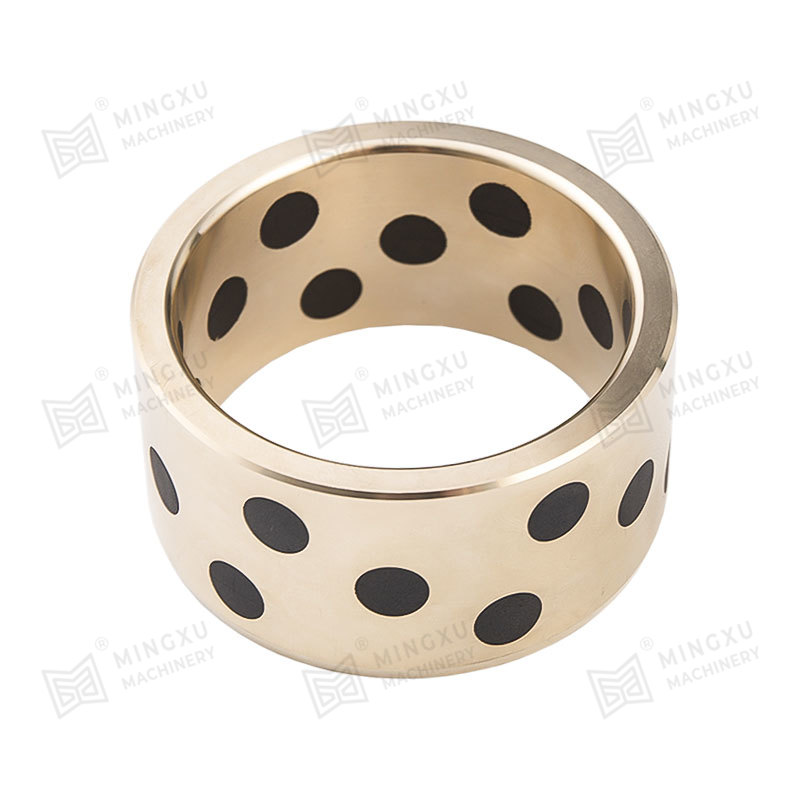
Similarly, in chemically aggressive environments, carbon graphite resists corrosion and chemical attack better than many metals and polymers, further preserving low friction performance. In vacuum or low-pressure environments where liquid lubricants cannot be used effectively, carbon graphite bushings are often the preferred choice.
Load Capacity and Wear Resistance
In addition to low friction, carbon graphite bushings exhibit good load-carrying capacity and wear resistance, making them suitable for heavy-duty applications. Their hardness and structural integrity enable them to withstand mechanical stresses while maintaining a stable friction coefficient over long operating periods. Combined with their self-lubricating behavior, this results in reduced maintenance cycles and longer service life compared to conventional bushing materials.
The coefficient of friction of carbon graphite bushings is generally lower than that of traditional metal or polymer bushings under both dry and lubricated conditions. Their natural self-lubrication reduces wear and heat generation, while their ability to retain lubricants enhances performance stability. Carbon graphite bushings are particularly effective in harsh environments such as high temperature, chemical exposure, and vacuum conditions where other materials struggle to maintain low friction.
These properties make carbon graphite bushings an ideal choice for applications demanding reliability, reduced maintenance, and efficient energy use. When selecting bushings, engineers should consider the superior frictional characteristics of carbon graphite as a key factor to optimize performance and durability.




 English
English Español
Español
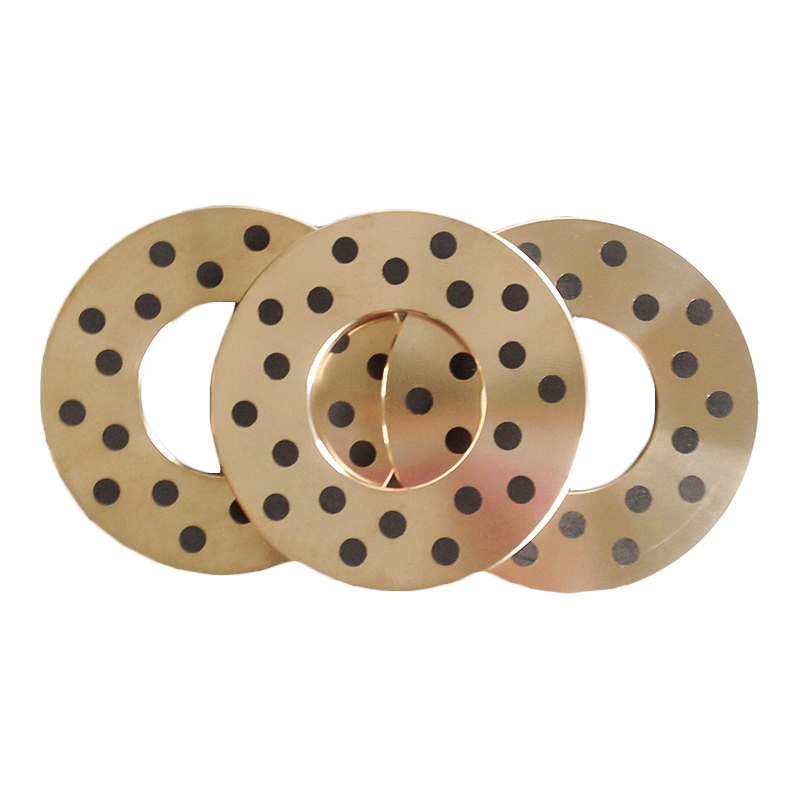
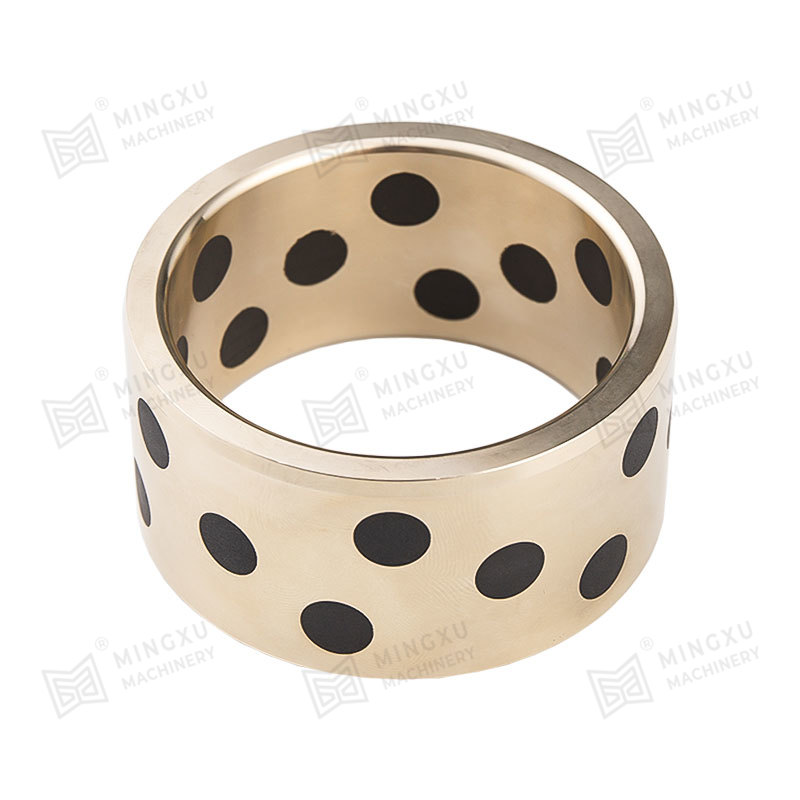
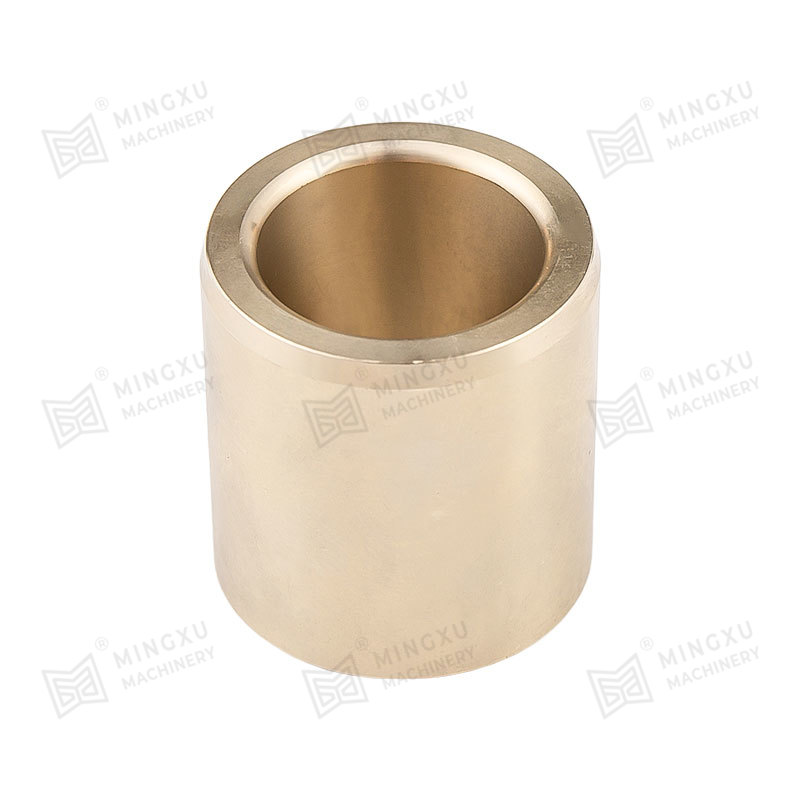

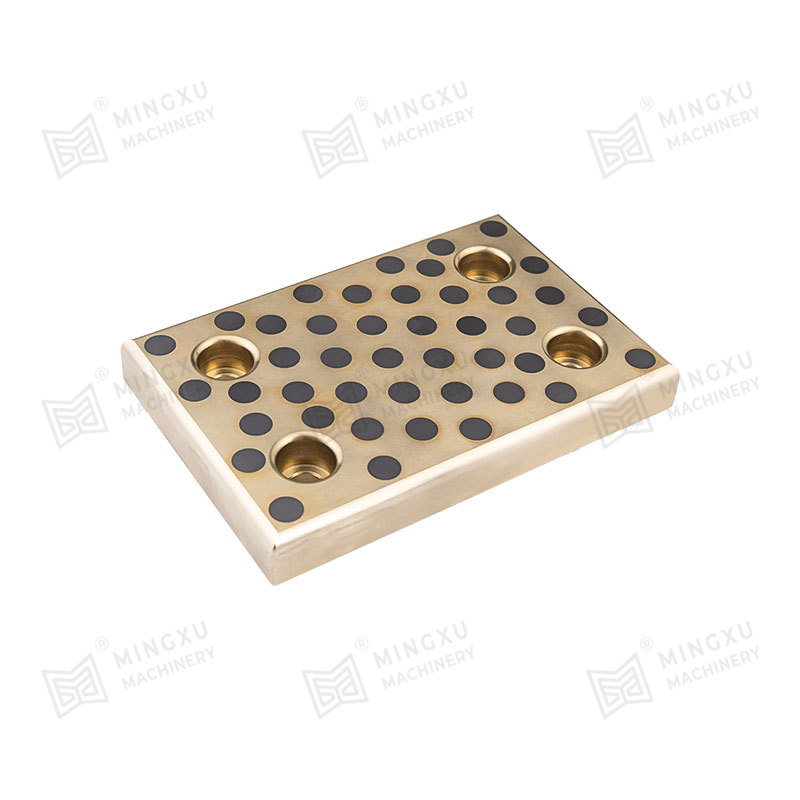
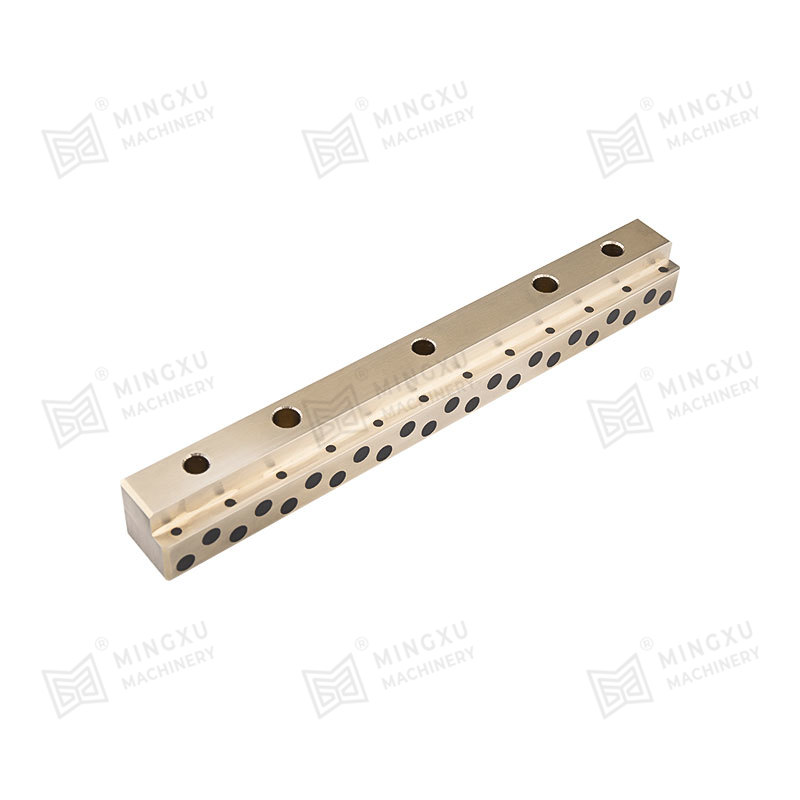
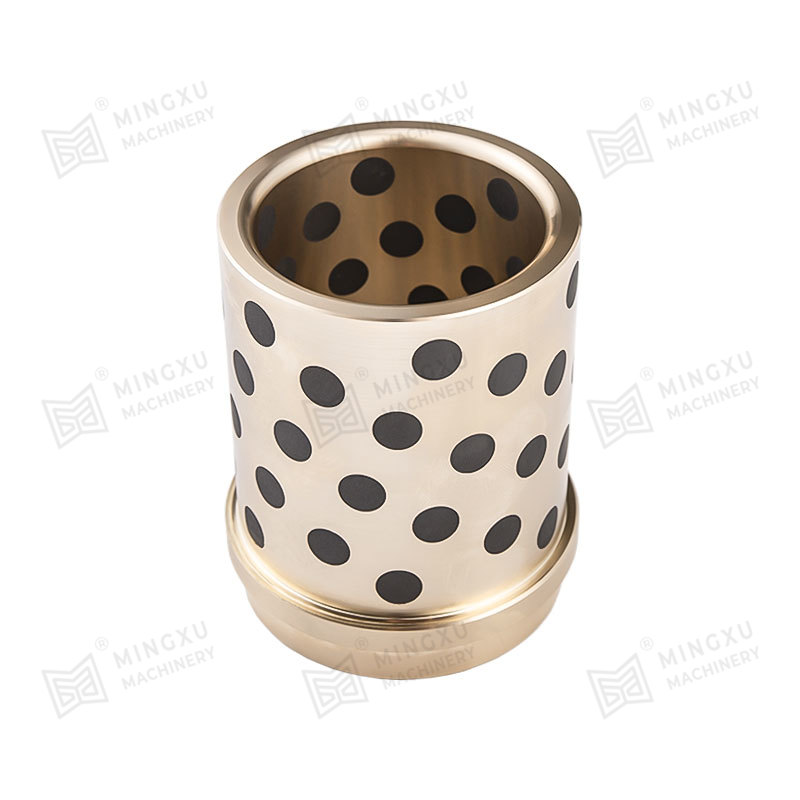
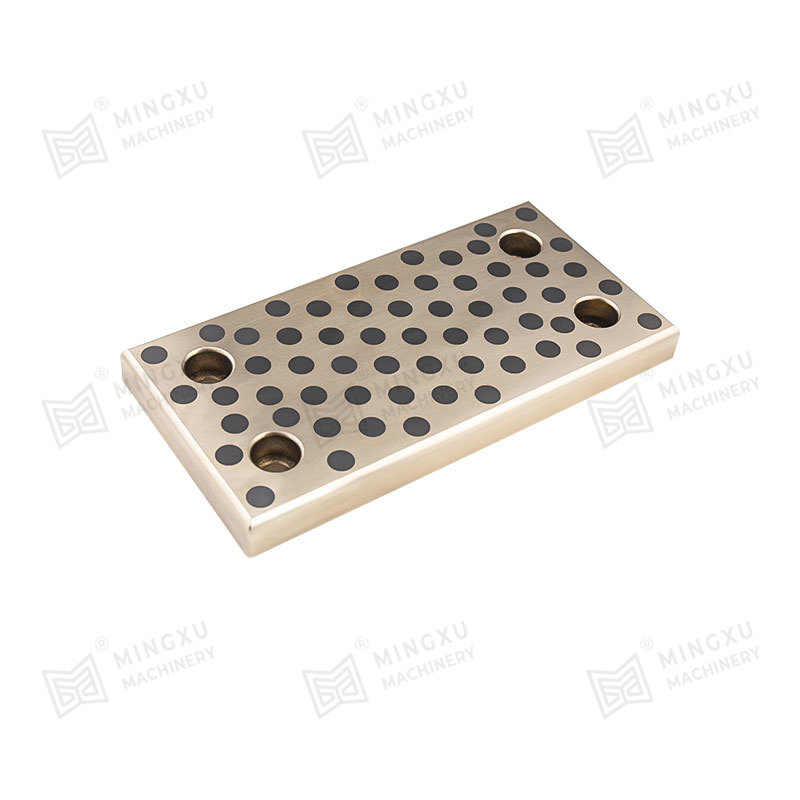
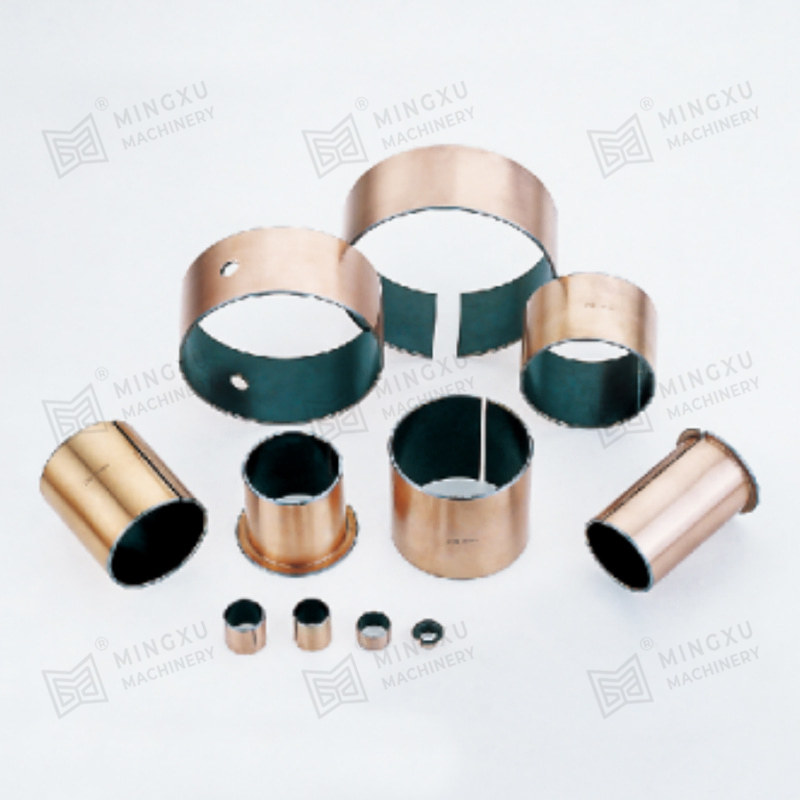
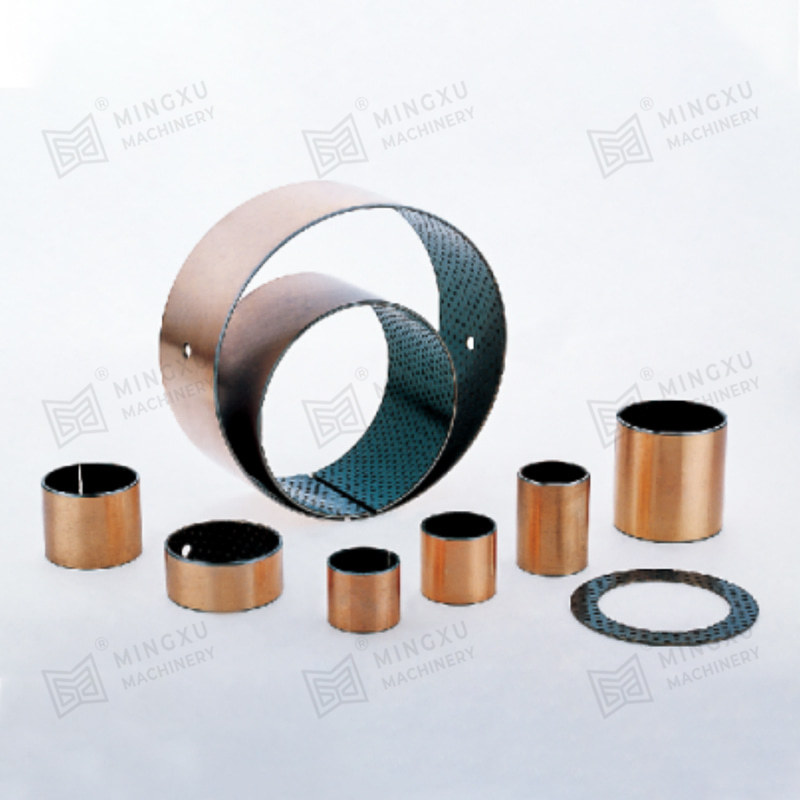

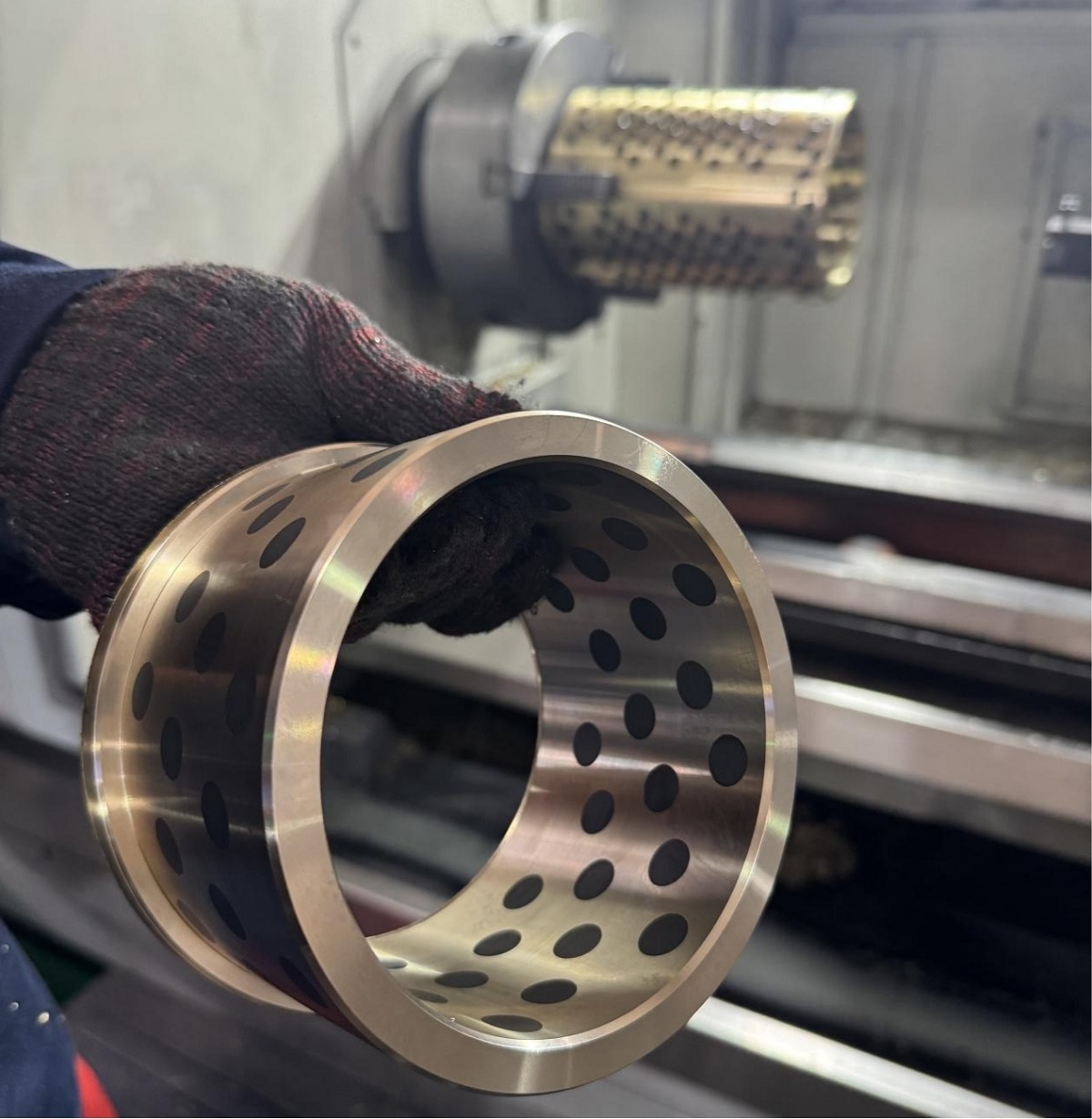





Contact Us